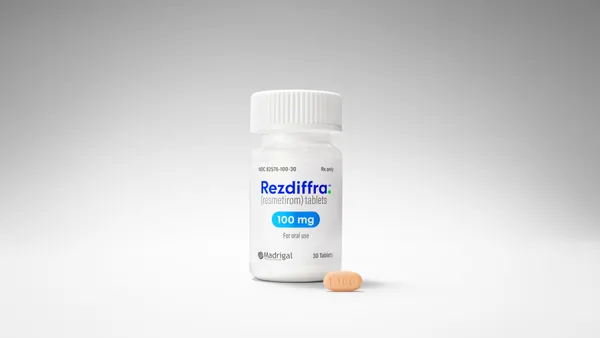These are confusing times in the pharma ceutical field for all stakeholders when it comes to determining whether CME activities are “within guideline.” Some of the guidelines leave room for interpreta tion, challenging the industry at large to understand, interpret, and comply. Additionally, new ACCME guidelines are being debated to deter mine whether further restrictions should be imposed. The Key Issues To help prepare for the impact of this emerging regulatory environment, Cerebrio, a division of Accel Healthcare Communications, conducted a survey of continuingmedicaleducation (CME) providers to determine their viewpoint on the impli cations for medical education. Pulse Panels TM , a pro prietary Webenabled survey system, was sent to accredited providers of CME, including academic schools of medicine and medical associations. Sev enteen institutions responded (almost a 35% response rate). The survey asked: . With which guidelines are they most concerned? . What do they think the impact of the guidelines will be on CME activities? . What are their overall concerns with the guidelines? Confusion and Concern Across the Board While some providers believe that the guidelines improve accountability, providers as a whole fear there will be fewer unrestricted educational grants from industry — a fear that already has materialized for some. Because CME activities directly benefit physicians and patient care, a reduction in industry funding could greatly compromise these valuable resources. Some pharmaceutical companies are putting greater onus on the CME provider, which many insti tutions are not resourced to shoulder. One CME provider responded that pharma has “gone to the lawyers, drafting complicated letters of agreement” that would require an attorney’s review at their end. Another provider responded, “before the PhRMA guidelines, a CME provider that followed the ACCME standards had no fear of reprisal,” but the “newer guidelines have inserted an element of uncertainty” and “hesitation.” These growing responsibilities may impede CME providers’ ability to sustain their level of sponsorship of CME activities. Don Moore, PhD, immediate past president of ACME, and Director of the Division of Continuing Med ical Education at Vanderbilt University, told Cerebrio, ”I originally thought that the new guidelines would be a boost to promotional activity at the expense of CME. Now I worry that both CME and promotional activities will suffer and that pharmaceutical compa nies will put their money behind directtoconsumer advertising. This would be shortsighted, as CME activ ities provide a highly effective and desirous means of education for physicians. Interactive experiences are critical to adult learning and changing behavior.” An anonymous survey respondent said, “As an accredited provider we understand and appreciate the important role that both medical education and phar maceutical companies play in CME and that most accredited providers wish to make this joint effort a winwin situation. There are many very important activities that we could not offer without the support of the pharmaceutical industry, so I think it is vital that we work within the parameters that we are given but that we do it so it is beneficial to all.” Not all CME providers fear a reduction in the num ber of educational grants, and some are seeing an increase. Victor B. Hatcher, PhD, Associate Dean, Professor of Medicine and Biochemistry at The Cen ter for Continuing Medical Education (CCME) at Albert Einstein College of Medicine, said, “I was ini tially concerned that the new guidelines would neg atively affect our educational activities. We have observed the opposite. A greater number of phar maceutical companies and medicaleducation com panies are interacting with CCME, resulting in an increase in the number of educational grants.” Overall, these reported trends need to be watched before conclusions can be made. However, what does remain clear is the following value CME programs offer: creditearning opportunity for physicians; evidence based, fairbalanced information that serves as an impetus for participation and program draw; and an appropriate venue for offlabel information. While proposed ACCME guidelines remain under review and the industry’s newly formed compliance committees continue to redefine the role of pharma ceutical companies in education, the following strate gies are recommended for better partnering with CME providers and medicaleducation companies: . Look for CME providers that are adequately staffed and are recognized for high quality and standards . Manage expectations by developing relationships with CME providers; understand their internal and CME Guidelines: Where Are They Taking Us? Andrea Seiden President, Cerebrio REGULATORS AND REGULATIONS CEREBRIO is the medicaleducation division of Accel Healthcare Communications, New York, New York. For more information, contact Andrea Seiden at 6466026903, or visit accelhealth.com. These are confusing times in the pharmaceutical field for all stakeholderswhen it comes to determining whether activities are “within guideline.”
An article from


CME Guidelines: Where Are They Taking Us?
Filed Under:
Commercialization








